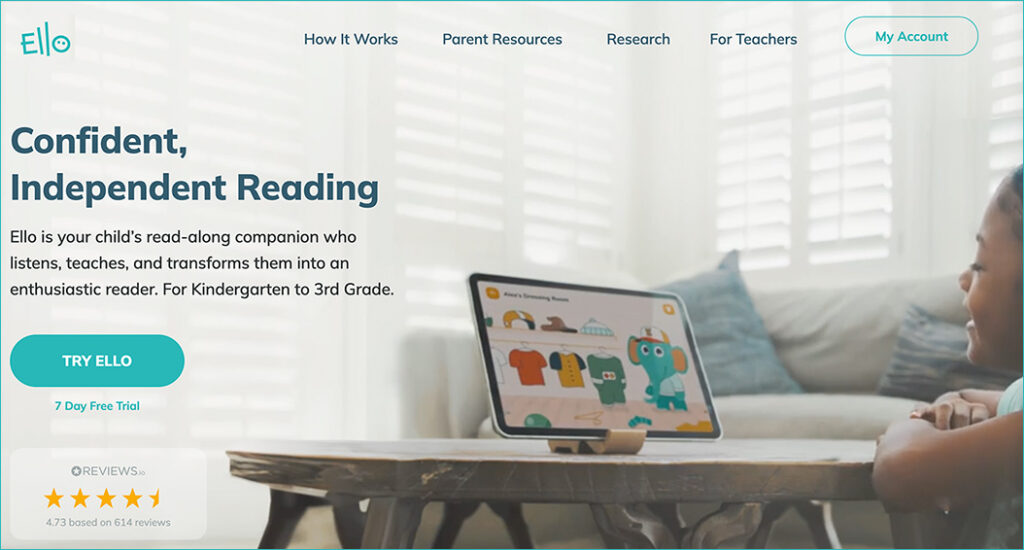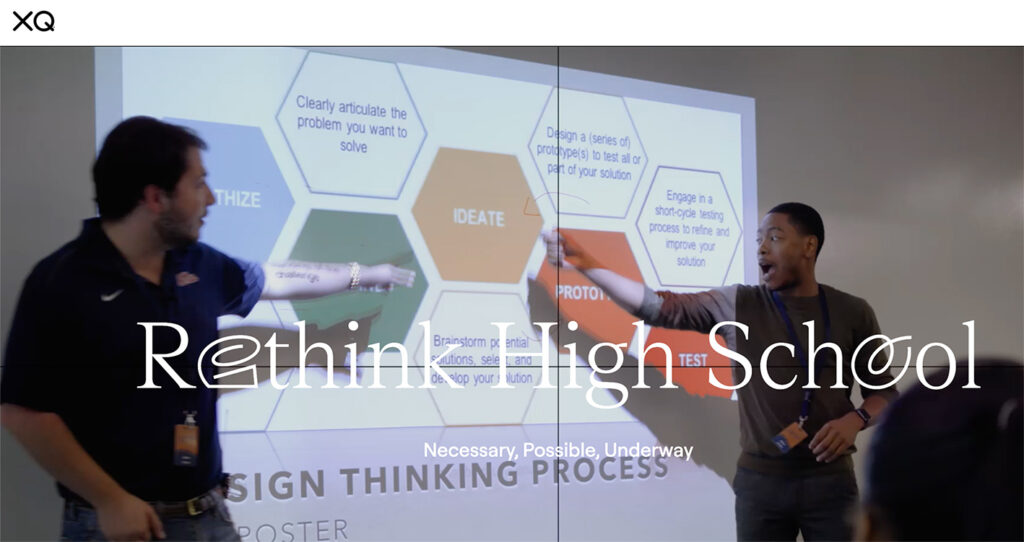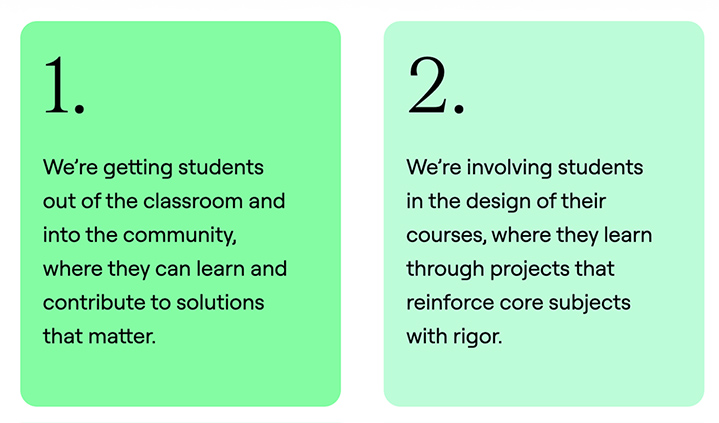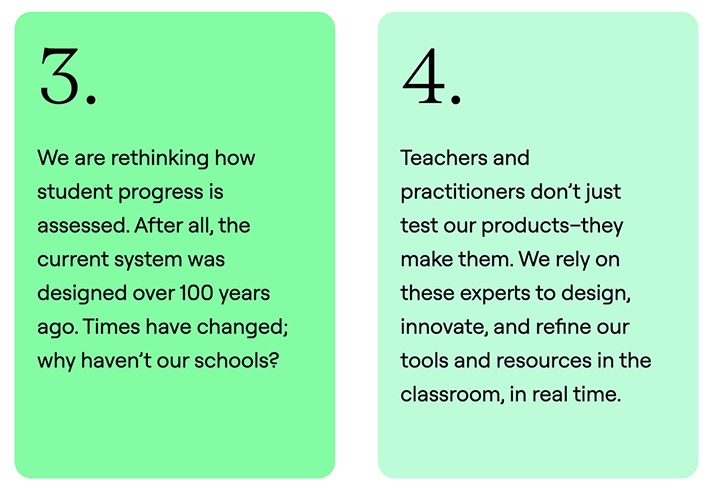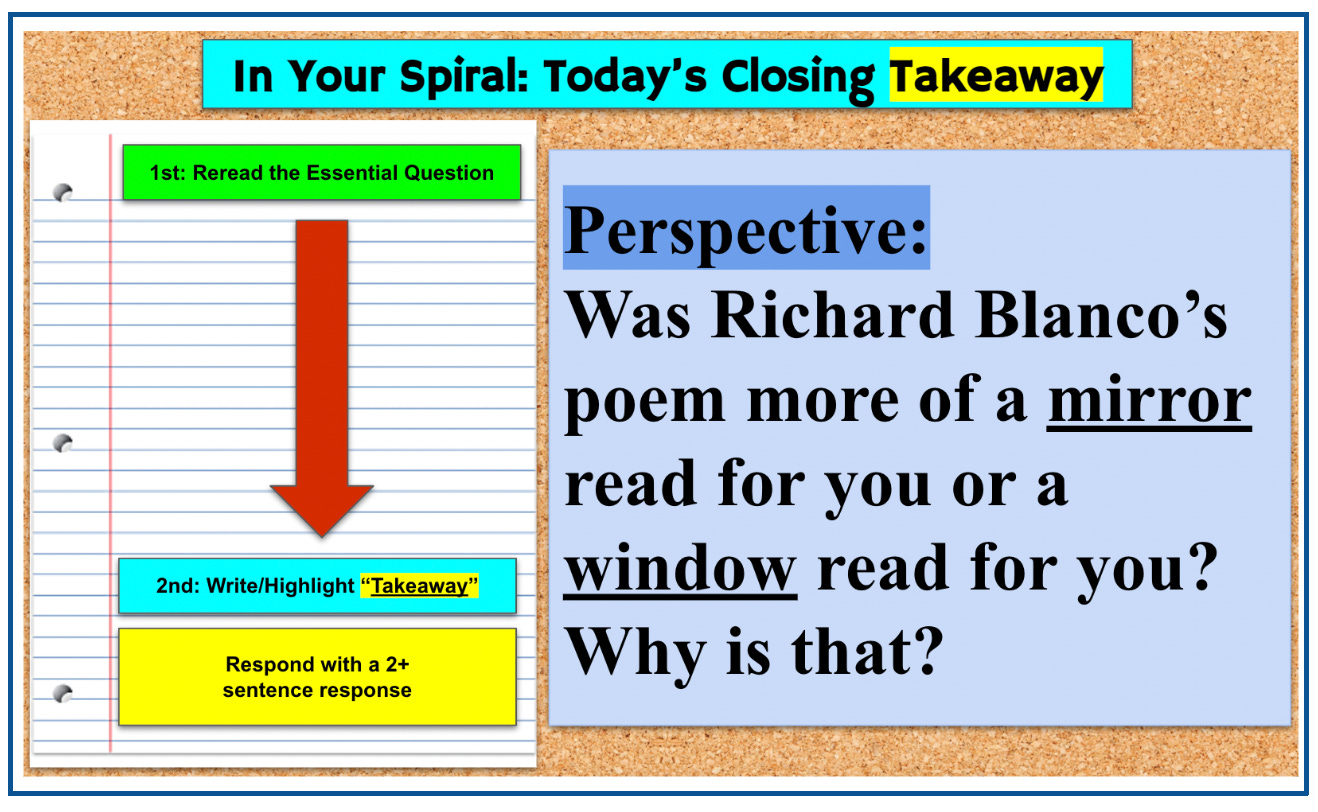Introducing OpenAI o1 – from openai.com
We’ve developed a new series of AI models designed to spend more time thinking before they respond. Here is the latest news on o1 research, product and other updates.
Something New: On OpenAI’s “Strawberry” and Reasoning — from oneusefulthing.org by Ethan Mollick
Solving hard problems in new ways
The new AI model, called o1-preview (why are the AI companies so bad at names?), lets the AI “think through” a problem before solving it. This lets it address very hard problems that require planning and iteration, like novel math or science questions. In fact, it can now beat human PhD experts in solving extremely hard physics problems.
To be clear, o1-preview doesn’t do everything better. It is not a better writer than GPT-4o, for example. But for tasks that require planning, the changes are quite large.
What is the point of Super Realistic AI? — from Heather Cooper who runs Visually AI on Substack
The arrival of super realistic AI image generation, powered by models like Midjourney, FLUX.1, and Ideogram, is transforming the way we create and use visual content.
Recently, many creators (myself included) have been exploring super realistic AI more and more.
But where can this actually be used?
Super realistic AI image generation will have far-reaching implications across various industries and creative fields. Its importance stems from its ability to bridge the gap between imagination and visual representation, offering multiple opportunities for innovation and efficiency.
Heather goes on to mention applications in:
- Creative Industries
- Entertainment and Media
- Education and Training
NotebookLM now lets you listen to a conversation about your sources — from blog.google by Biao Wang
Our new Audio Overview feature can turn documents, slides, charts and more into engaging discussions with one click.
Today, we’re introducing Audio Overview, a new way to turn your documents into engaging audio discussions. With one click, two AI hosts start up a lively “deep dive” discussion based on your sources. They summarize your material, make connections between topics, and banter back and forth. You can even download the conversation and take it on the go.
Bringing generative AI to video with Adobe Firefly Video Model — from blog.adobe.com by Ashley Still
Over the past several months, we’ve worked closely with the video editing community to advance the Firefly Video Model. Guided by their feedback and built with creators’ rights in mind, we’re developing new workflows leveraging the model to help editors ideate and explore their creative vision, fill gaps in their timeline and add new elements to existing footage.
Just like our other Firefly generative AI models, editors can create with confidence knowing the Adobe Firefly Video Model is designed to be commercially safe and is only trained on content we have permission to use — never on Adobe users’ content.
We’re excited to share some of the incredible progress with you today — all of which is designed to be commercially safe and available in beta later this year. To be the first to hear the latest updates and get access, sign up for the waitlist here.









